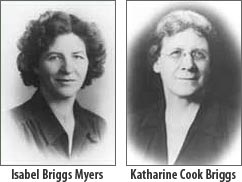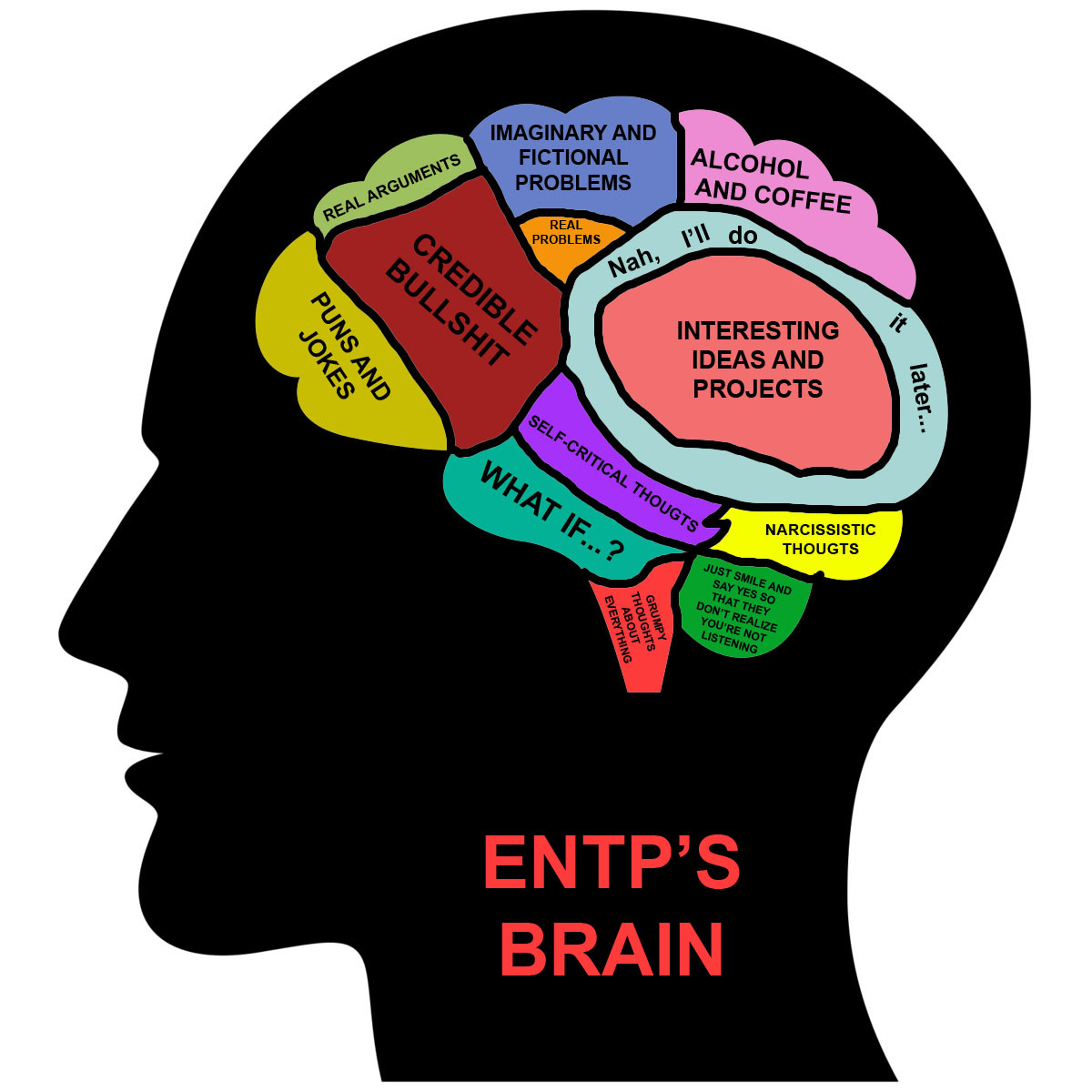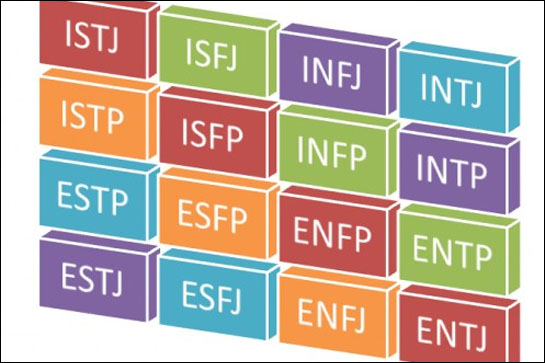09 May

Stay Connected – 








One of the common buzz words in business and even among family members is the “Myers-Briggs® Type Indicator” or “MBTI®.” Yet, while the words may casually appear in conversation and on the written page, it does not mean everyone knows what the term means. This article, and the others to follow, hopes to answer any questions—and clear away any doubts about the meaning and use of the Myers-Briggs® Type Indicator, the MBTI®. By doing so, it will allow you to use the term freely and to apply it whenever appropriate.
What Is the MBTI®?
To simplify, the MBTI® is best described as a means through which a trained psychologist, a teacher, a concerned parent, an employer, a human resources individual, or even you can uncover the essential personality type of a specific individual. This is based on the applied theory that a finite number of personality types exist. It also believes that, while an individual may alter certain aspects of their personality during their lifetime, he or she retains the same type of personality with which he or she initially developed at an early age.
The Origins of the MBTI®
The system currently referred to as the MBTI® is actually the result of the combined work of two specific individuals. It begins with the early twentieth century explorations by the eclectic and sometimes brilliant Swiss psychiatrist, Carl Jung (1875-1901), the disciple of Austrian Sigmund Freud (1856-1939). Jung studied the various types of personalities. He then compiled his findings and perceptions in his ground breaking book – Psychological Types. It came out in 1921 and was translated into English in 1923.
At this time, in the United States, psychoanalyst Katherine Cook Briggs (1875-1968) had become fascinated with the different types of human personalities. She had even advanced so far as to begin to formulate her own system for analysis. When she first read Jung’s book on the subject, she recognized a like mind. She knew that what Jung had done was to formulate and make real her initial thoughts and suppositions.
With this in mind, Briggs got in touch with her daughter, Isabel Briggs Myers (1897-1980), a psychological theorist. She insisted Isabel read the book. As soon as Isabel had done so, the two began to embark upon the task of advancing the theory propounded by Jung. The two women made appropriate changes to the theory in order to give it practical applications.

The ability to turn theory into practicality involved the development of the assessment instrument or questionnaire in the 1940s. This became known as the Myers-Briggs Type Indicator (MBTI®).
How May You Apply it
Since its creation, the MBTI® has gained in popularity and popular usage. In fact, the MBTI® has become the most widely used psychological tool in the world today. It has been translated into more than 14 different languages. It has been touted as the instrument to help employers find the right employee for the job through a comparison against other members of the team and an analysis of the possible points of conflict. This way, employers can be better equipped with knowledge of how the team will interact and work together. It is used to allow individuals to learn more about themselves and their children. It is perceived as an excellent way to help match individuals with partners and to ensure the maximum happiness and positive good that can arise in their lives.
The MBTI® has its roots in the findings of Jung. It has been modified and honed into a practical and useful tool that can be used by individuals and groups alike to produce meaningful, measureable, and real results in both their private and public lives.








